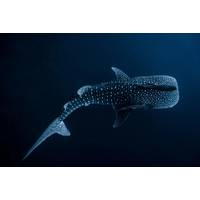
Most Marine Protection Measures are Not Working; A New Approach is Needed
conservation measures are as effective as possible in fairly reducing harm from human activities that threaten marine wildlife, such as fishing and tourism.To explore different ways of addressing such challenges, our research assessed the effectiveness of 50 marine protected areas in 24 countries, from Ecuador to Madagascar and Vietnam. We compared the strengths and weaknesses of different conservation measures for protecting marine wildlife by using a set of 36 “governance incentives” – these include providing financial compensation, requiring legal accountability and establishing local
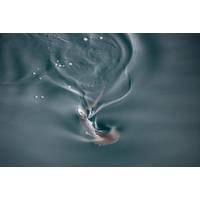
Scientists Discover Possible Hammerhead Shark Nursery in Ecuador's Galapagos
A team of researchers has discovered a potential breeding ground for smooth hammerhead sharks off an island in Ecuador's Galapagos archipelago, in what would be a "very rare" sighting, the national park said in a statement on Thursday.The so-called "nursery" would be the first breeding site for smooth hammerheads, or Sphyrna zygaena, in the Galapagos if confirmed, the park said.The smooth hammerhead is one of nine known species of hammerhead shark. It is considered "vulnerable" on the International Union for Conservation of Nature's list of threatened species.
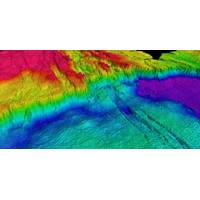
DISCOVERY: High-Res Mapping Tech Helps Find New Hydrothermal Vent Field
the region.A research team aboard Schmidt Ocean Institute’s research vessel Falkor (too) discovered a new high-temperature hydrothermal vent field that hosts several 10- to 15-meter-tall actively venting chimney clusters. The vent field, named “Tortugas” by the science team and Ecuadorian observers, stretches more than 600 meters along the western edge of the caldera floor of the Los Huellos East submarine volcano.Scientists detected the vent field in the Pacific Ocean, off the Western Galápagos Islands, utilizing state-of-the-art mapping technologies not often used in
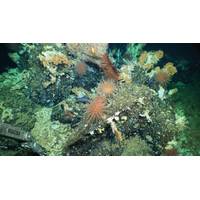
New Coral Reef Discovered in Ecuador's Galapagos Islands
A scientific expedition has discovered a previously unknown coral reef with abundant marine life off Ecuador's Galapagos Islands, the country's environment ministry said on Monday."A deepwater scientific expedition has found the first totally pristine coral reef, approximately two kilometers (1.2 miles) long, at 400 meters (deep), on the summit of a submarine mountain," Environment Minister Jose Davalos said on Twitter. "Galapagos surprises us again!"Scientists had believed that the only Galapagos reef to survive El Nino weather in 1982 and 1983 was one called the Wellington
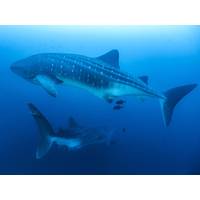
Galápagos: Extended Protection for Marine Resilience and Biodiversity
While much of the COP26 coverage last year relayed an urgency to act swiftly before the planet reaches a point of no return, some moments of hope shown through. One such announcement was made by Ecuadorian President Guillermo Lasso, who shared news of an expanded marine reserve, aiming to protect biodiversity and increase productivity and, in turn, natural carbon sink processes.The current (GMR) stands at roughly 130,000 km2, with an additional 60,000 km2 proposed. The expansion includes what is known as the Cocos-Galápagos Swimway, a “no-take” migratory marine highway
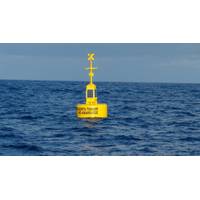
MSM Ocean, Sonardyne Partner on Tsunami Early Warning System
water tsunami detection to organizations around the world since 2007. For the past decade, these have been integrated into MSM Ocean’s buoy-based Tsunami Early Warning Systems, which have been successfully installed along the Pacific coast of South America.This includes two systems deployed off Ecuador which detected the January 15 tsunami, caused by the Hunga-Tonga submarine volcano eruption, 10,000 km away in the South Pacific. Alerts were raised by MSM Ocean’s buoys with the National Tsunami Warning Center of Ecuador just 35 seconds after the wave was detected by Sonardyne’s Bottom
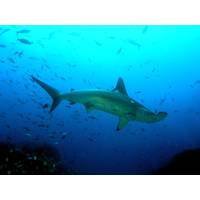
Ecuador Eyes New Galapagos Marine Reserve
Ecuador’s government is considering creating a new marine reserve near the Galapagos Islands to protect migratory species of turtles, whales and sharks threatened by industrial fishing and climate change.A massive Chinese fishing fleet operating near the Galapagos gained global attention here last year over concerns about the potential impact to marine wildlife in the remote islands that inspired British scientist Charles Darwin's theory of evolution.Ecuador has little recourse to prevent Chinese fleets from fishing at the edge of its waters, but can limit the activities of its own domestic
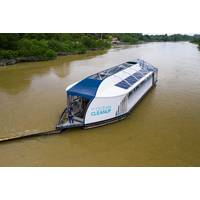
The Ocean's Microplastics Mess: Technology & Technique to Identify & Clean Up
;pagos Science Center (a joint effort between the Universidad San Francisco de Quito and the University of North Carolina at Chapel Hill), is on the forefront collecting and analyzing samples from the archipelago’s most threatened creatures to support the improved management of such contaminants in Ecuador. Between June and September of 2019, he and his team sampled 98 marine iguanas from nine different habitats (these locations covered four subspecies across four islands) to establish current microplastic exposure and investigate potential health risks. “The assessment of the health data indicated

Schlumberger Introduces MEMS Gyro Surveying Service
Rizk, president, Drilling & Measurements, Schlumberger. “Two surveys can be completed using the GyroSphere service in the same amount of time conventional gyros take to start just one.”The GyroSphere service has been proven through extensive testing and field trials in the North Sea, Ecuador, Africa, and Russia. In Russia, the GyroSphere service enabled a customer to avoid wellbore collisions while accessing reservoirs from existing structures, eliminating drilling risks associated with deploying conventional gyro surveys

 February 2025
February 2025




